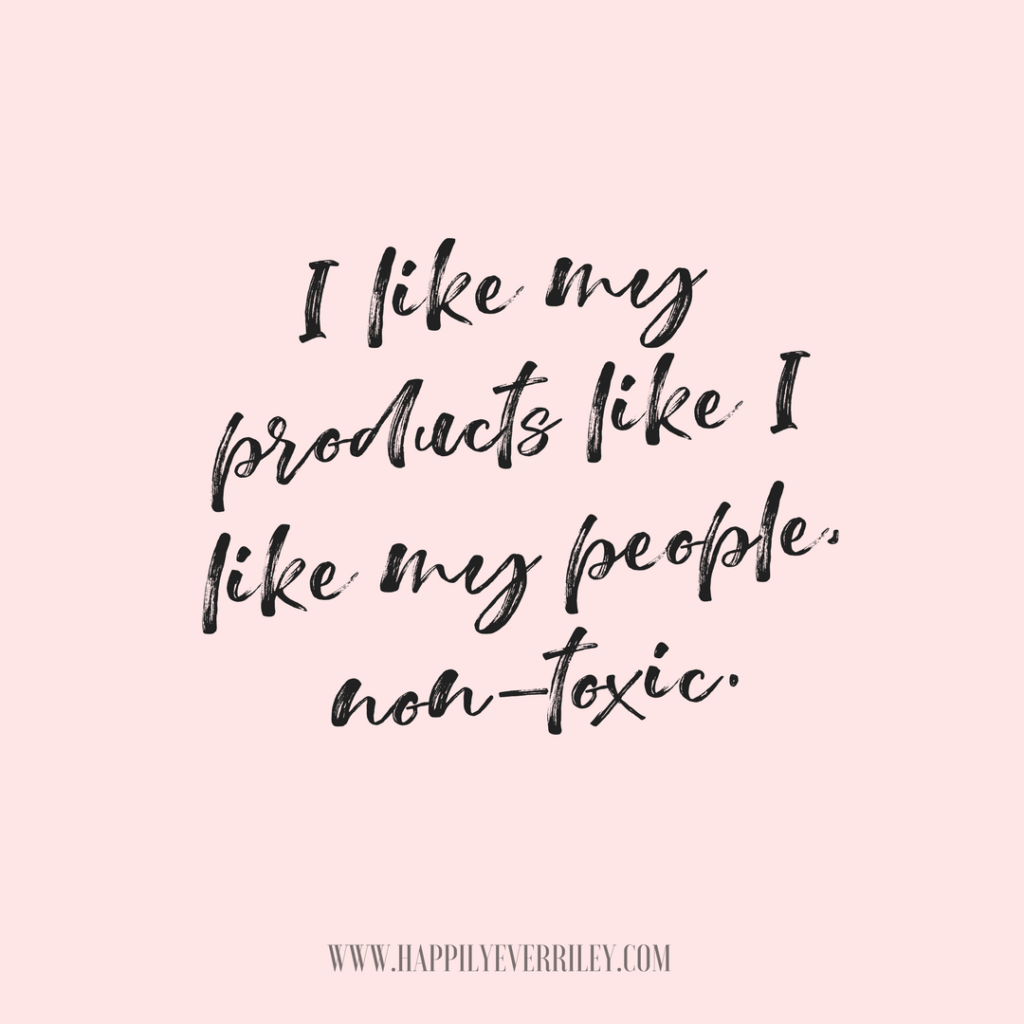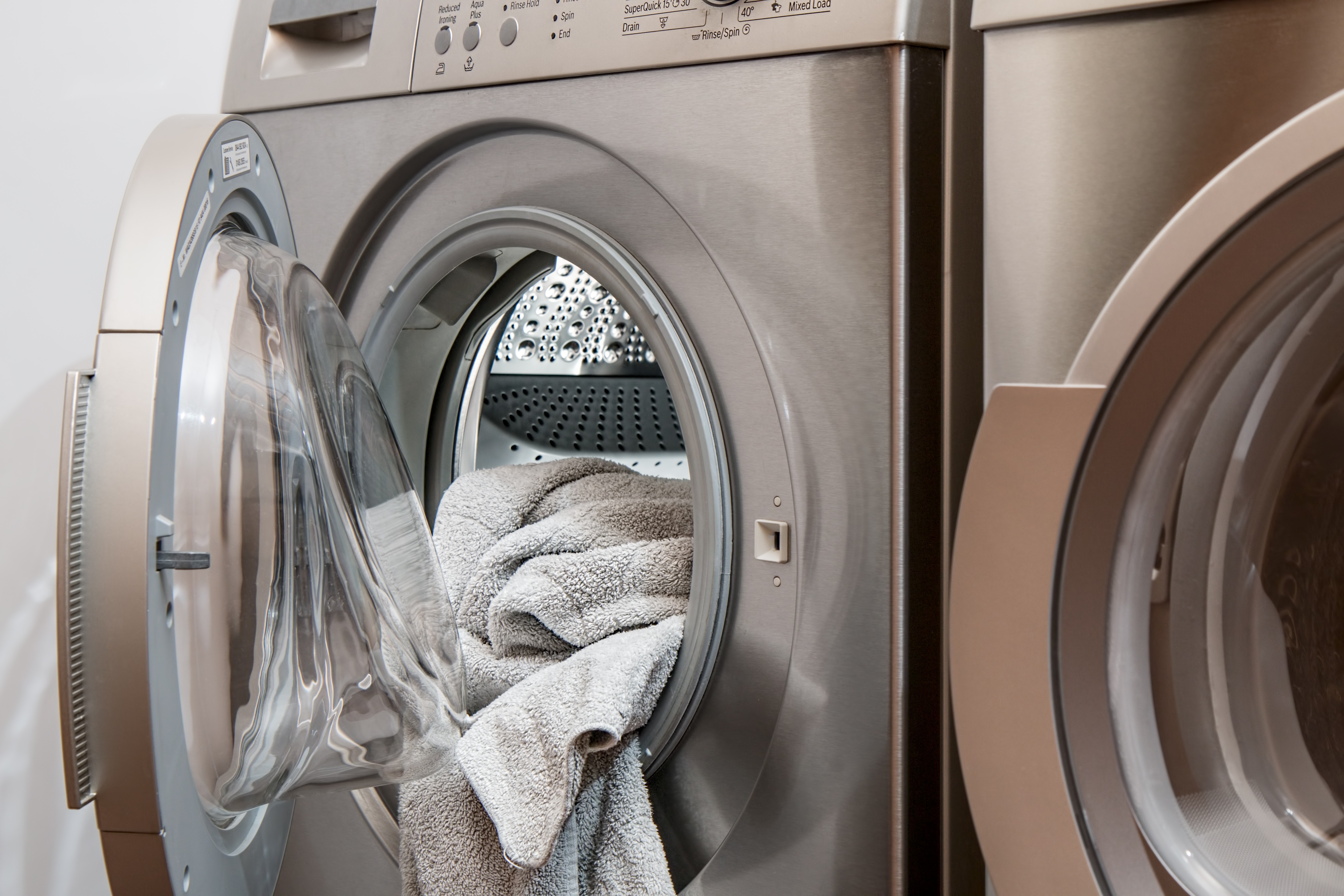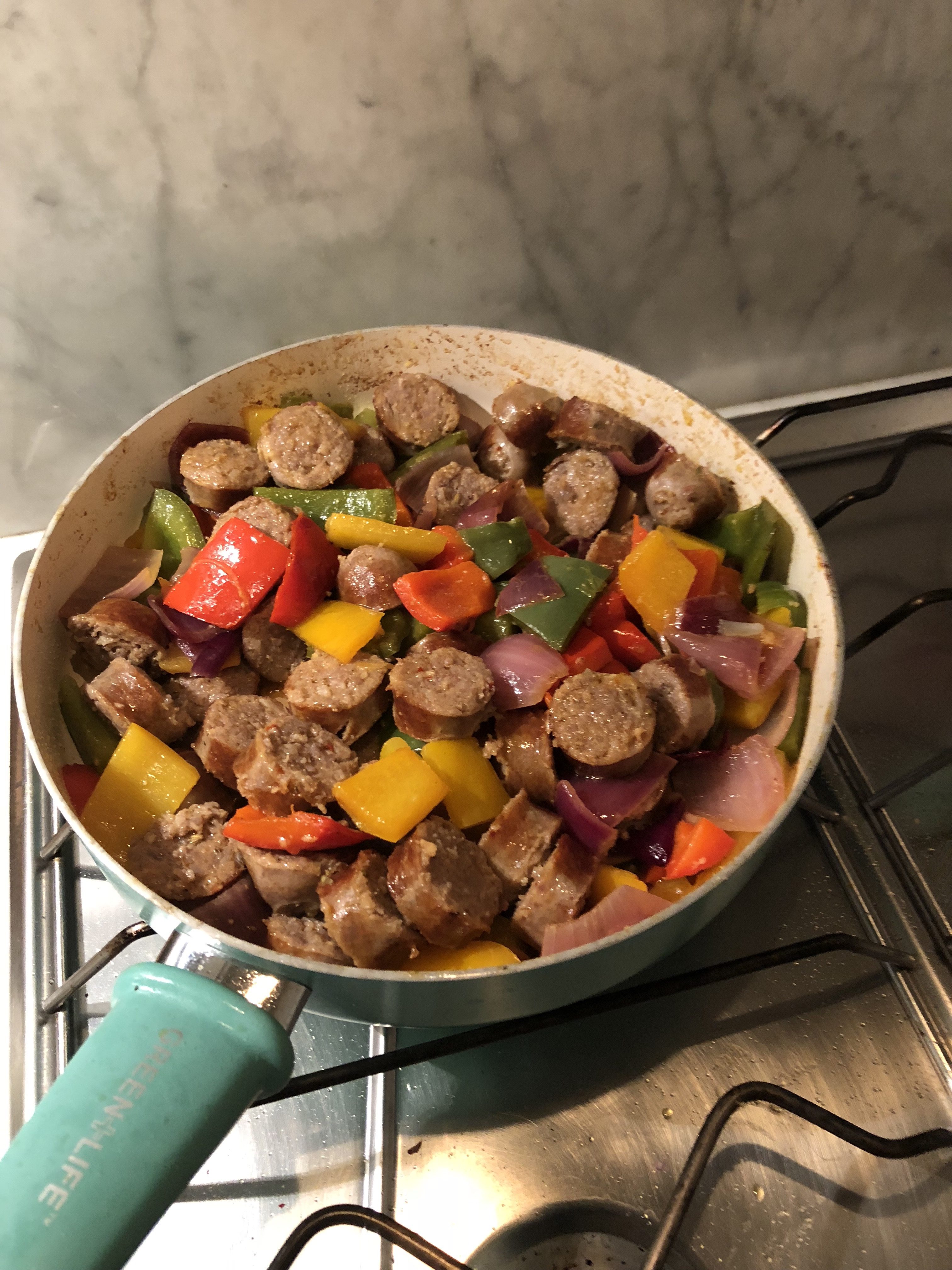 Do these ingredients surprise you? They should. I found these toxic chemicals in almost every room of my home ~ including products I was using daily on my skin! (Cringe).
Do these ingredients surprise you? They should. I found these toxic chemicals in almost every room of my home ~ including products I was using daily on my skin! (Cringe).
Phthalates are a group of man-made chemicals that are structurally related to the organic acid, phthalic acid. The most important use of phthalates is in plastics, especially PVC, where they act as plasticisers. Phthalates are also present in a wide range of industrial, household and consumer products, including personal care products, such as pipes, vinyl wall and floor coverings, roofing materials, safety glass, car parts, lubricating oils, detergents, food packaging, adhesives, paints, inks, medical tubing, blood bags, pharmaceuticals, footwear, electrical cables, stationery, nail polish, hair sprays, soaps, shampoos, perfumes, moisturisers and (until recently) in toys. 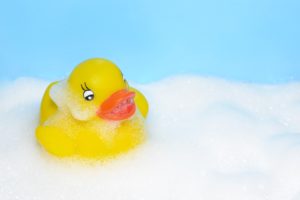
They’re potent hormone disruptors. They can alter the reproductive development of male infants and are associated with sperm damage in adult men. Children exposed to phthalates in early life can undergo behavioral changes and develop allergies. In the past few years, researchers have linked phthalates to asthma, attention-deficit hyperactivity disorder, breast cancer, obesity and type II diabetes, low IQ, neurodevelopmental issues, behavioral issues, autism spectrum disorders, altered reproductive development and male fertility issues.
- https://www.theguardian.com/lifeandstyle/2015/feb/10/phthalates-plastics-chemicals-research-analysis
- https://www.ewg.org/release/ewgs-dirty-dozen-list-hormone-disrupting-chemicals#.WpQT_BPwalG
BPA stands for bisphenol A. BPA is an industrial chemical that has been used to make certain plastics and resins since the 1960s.BPA is found in polycarbonate plastics and epoxy resins. Polycarbonate plastics are often used in containers that store food and beverages, such as water bottles. They may also be used in other consumer goods.
Some research has shown that BPA can seep into food or beverages from containers that are made with BPA. Exposure to BPA is a concern because of possible health effects of BPA on the brain, behavior and prostate gland of fetuses, infants and children. Additional research suggests a possible link between BPA and increased blood pressure.
Formaldehyde is a colorless, strong-smelling gas used in making building materials and many household products. It is used in pressed-wood products, such as particleboard, plywood, and fiberboard; glues and adhesives; permanent-press fabrics; paper product coatings; and certain insulation materials. It is also used to make other chemicals.
When dissolved in water it is called formalin, which is commonly used as an industrial disinfectant, and as a preservative in funeral homes and medical labs. It can also be used as a preservative in some foods and in products, such as antiseptics, medicines, and cosmetics. Sometimes, although formaldehyde is not used, substances that release formaldehyde are. These have been found in cosmetics, soaps, shampoos, lotions and sunscreens, and cleaning products.
- https://www.womenshealthmag.com/style/formaldehyde-in-cosmetics-whats-the-verdict
- https://www.cancer.org/cancer/cancer-causes/formaldehyde.html
Parabens are a family of related chemicals that are commonly used as preservatives in cosmetic products. Preservatives may be used in cosmetics to prevent the growth of harmful bacteria and mold, in order to protect both the products and consumers.
Parabens are used in a wide variety of cosmetics, as well as in foods and drugs. Cosmetics that may contain parabens include makeup, moisturizers, hair care products, and shaving products, among others. Many major brands of deodorants do not currently contain parabens, although some may.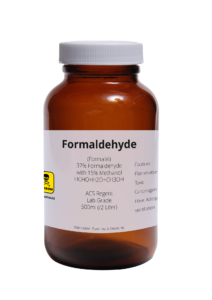
Of greatest concern is that parabens are known to disrupt hormone function, an effect that is linked to increased risk of breast cancer and reproductive toxicity. Parabens mimic estrogen by binding to estrogen receptors on cells. Research has shown that the perceived influx of estrogen beyond normal levels can in some cases trigger reactions such as increasing breast cell division and the growth of tumors.
Fragrance: Full of toxic petroleum and coal-derived synthetic chemicals, ‘fragrance’ is a catchall term for whatever secret ingredients manufacturers want to add.
Fragrance is called “the new second-hand smoke.” Like cigarettes, fragrance is harmful to the health of users and bystanders, its toxic effect lingering for hours after initial use. Unfortunately, the level of public awareness about the dangers of fragrance has not yet reached that of smoking, nor have fragrance-free workplaces and public spaces become the norm. The response to fragrance is lagging several decades behind cigarettes, but that will change quickly as more people realize how hazardous fragrance is to human health.
Fragrance, also called parfum, is a key ingredient in perfumes and colognes. It is put in a wide range of products from detergents, soaps, and cleaners to diapers, candles, medications, cosmetics, and sunscreen. While some fragrances are added to give a pleasant aroma, others are used to mask the harsh chemical smells of the other ingredients, so even an ‘unscented’ product contains fragrance in order to create that non-scent.
“The U.S. National Academy of Sciences has grouped fragrances with insecticides, heavy metals, and solvents as categories of chemicals that should be given high priority for neurotoxicity testing.” (There’s Lead In Your Lipstick, Gill Deacon).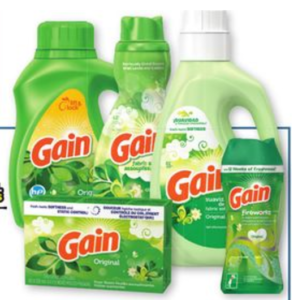
All of these toxins cause central nervous system damage. Physical reactions to fragrances are categorized as (1) Respiratory – allergic and non-allergic asthma, reactive airway dysfunction syndrome, (2) Neurological– migraines, nausea, dizziness, mental confusion, (3) Skin – irritation, sensitization, and (4) Eye – tearing, inflammation.
The thought of throwing away all your tried and true products might seem overwhelming, but it doesn’t need to be. Look at focusing on one thing or room at a time whether it be cleaning or skincare, your laundry or your makeup and start swapping things out or hey, learn how to make it yourself.
Check out Young Living’s products for safe, pure and all natural products. They have replacements for almost everything! It’s so easy to shop with them and know that everything is toxic free and safe.
Message me or leave a comment if you’re interested in purchasing Young Living Products or becoming a Young Living Member (REMEMBER, signing up as a member does not mean you have to sell anything EVER, you just enjoy your 24% wholesale discount!).
If you are ready to become a member simply CLICK HERE and sign up to be on my team! Make sure the number 12022157 appears in both the “Enroller” and “Sponsor ID” fields.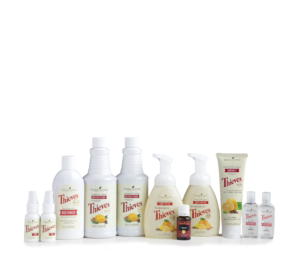
It’s time to take charge of what enters our home and in turn enters our body.
Not sure if your products have any of these toxic chemicals? Download the “Think Dirty” app and you can scan the barcode of the product and it will give you a rating. You will be so surprised!

